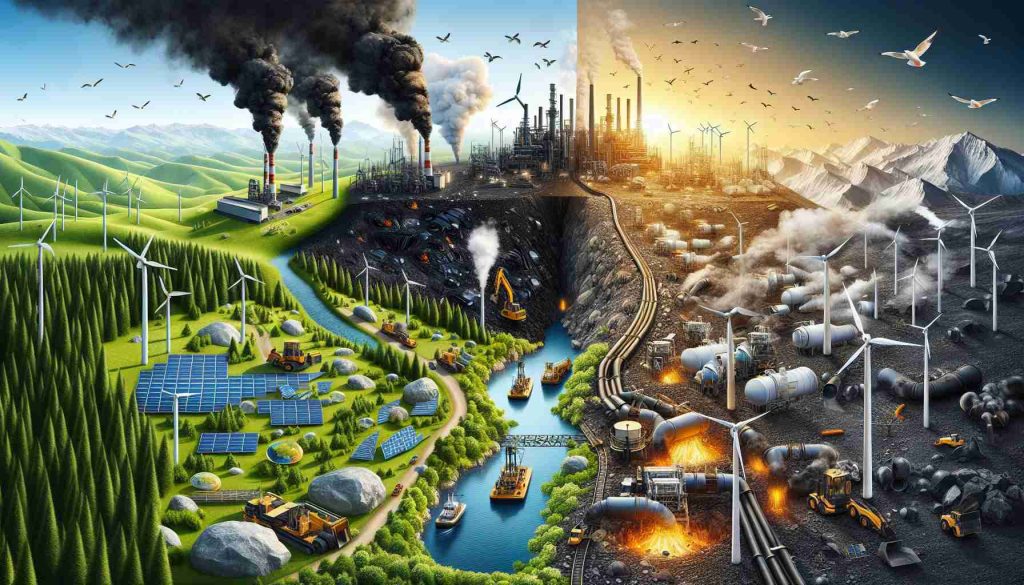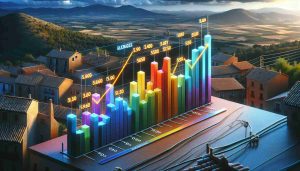A financial advisory firm from Spain, Nextep Finance, highlights the evolving energy landscape reshaping global markets. According to expert analyses, a surge in oil supply, driven by increased production in the U.S. and heightened sales from Russia, has sparked a notable decline in oil prices. This oversupply dynamic collides with decreased demand, particularly from China, further influencing the downward trend in oil prices.
Contrary to previous concerns over potential Euro devaluation, the attention has shifted towards broader deflationary forces that could counteract any strengthening of the dollar. Nextep Finance emphasizes caution over Eurozone economic conditions, distinguishing them from the more robust growth in the U.S., as expectations loom over the European Central Bank’s upcoming decisions.
The anticipated fluctuation in oil prices presents a broader global economic narrative, prompting a reconsideration of inflationary projections and trade implications. The prevailing sentiment suggests that barring any significant geopolitical disruptions in key oil-producing regions, a substantial spike in oil prices remains unlikely in the near term.
This evolving energy and economic landscape underscores the intricate linkages between supply, demand, and geopolitical factors that continue to shape financial market trends on both local and global scales.
The Shift in Global Energy Dynamics: Exploring Unseen Realities
The transformation of global energy dynamics is not only influenced by visible factors like oil supply and demand but also by lesser-known elements that play a crucial role in shaping the future landscape of the energy market. While the previous article highlighted some key aspects of this shift, there are additional facts that warrant attention and deeper analysis.
Questions to Ponder:
1. What role do renewable energy sources play in the evolving energy landscape?
2. How are advancements in technology impacting energy production and distribution?
3. What are the socio-economic implications of the transition towards cleaner energy alternatives?
Key Challenges and Controversies:
One of the primary challenges associated with the shift in global energy dynamics is the resistance from traditional energy stakeholders who may be reluctant to embrace change due to vested interests. This poses a hurdle in transitioning towards sustainable energy practices and hinders progress towards mitigating climate change.
Controversies surrounding the allocation of resources and investment in different energy sectors also arise, with debates on whether focusing on renewable energy sources is more beneficial in the long run compared to continuing reliance on fossil fuels. Balancing economic interests with environmental concerns remains a point of contention among policymakers and industry players.
Advantages and Disadvantages:
The transition towards a more diversified and sustainable energy mix offers numerous advantages, including reduced greenhouse gas emissions, enhanced energy security, and potential job creation in the renewable energy sector. Embracing cleaner alternatives can also lead to technological innovation and increased energy efficiency over time.
However, challenges such as the intermittency of renewable energy sources, high initial investment costs, and the need for infrastructure upgrades pose disadvantages that require strategic planning and investment to overcome. Balancing the short-term costs with long-term benefits is essential to ensure a smooth transition towards a more sustainable energy future.
For further insights into the complex interplay between global energy dynamics, economic trends, and environmental factors, visit International Energy Agency for comprehensive analyses and reports on the evolving energy landscape.
Through a nuanced understanding of the multifaceted factors driving the shift in global energy dynamics, stakeholders can navigate the complexities of the energy market and contribute to a more sustainable and resilient energy future for generations to come.










More Stories
Changes in the Tax System for Independent Workers in 2025
Hotelbeds Group Plans IPO to Reduce Debt
New Lottery Draw Report: No Jackpot Winners!